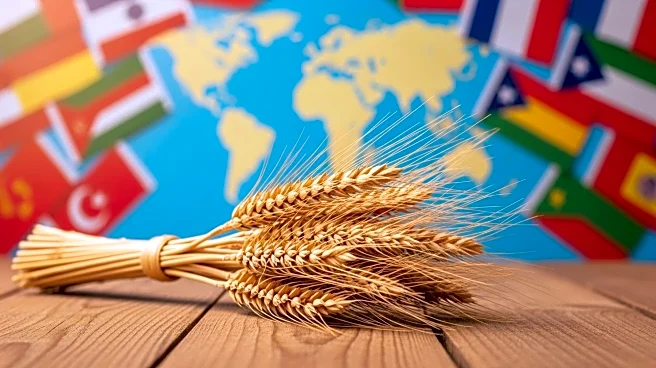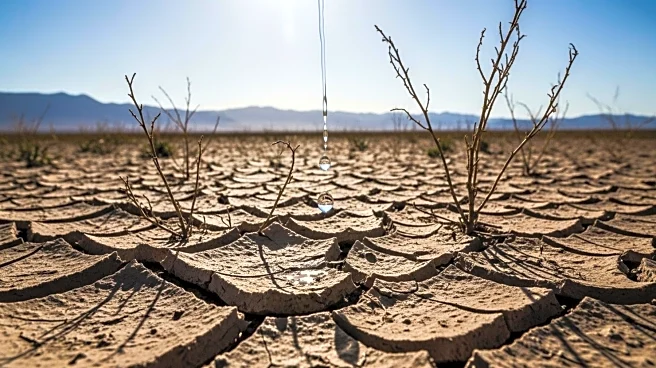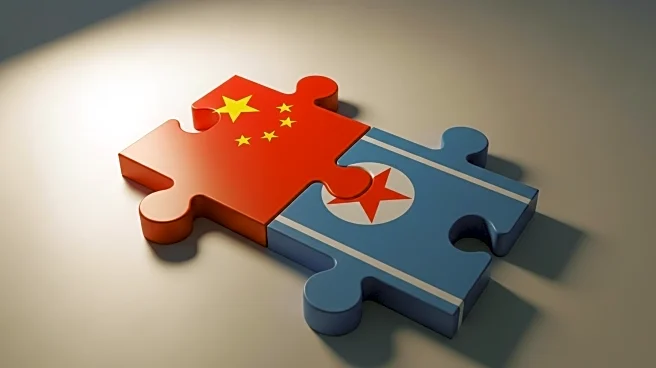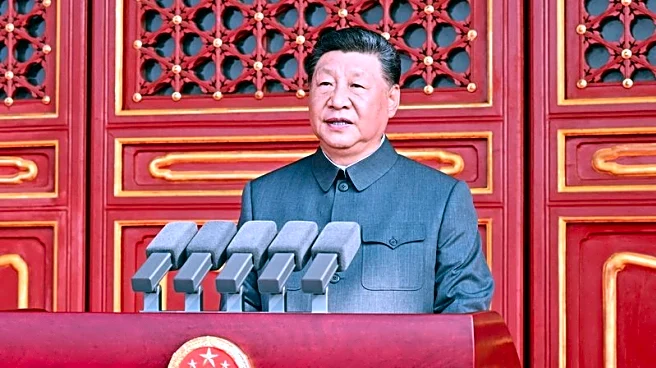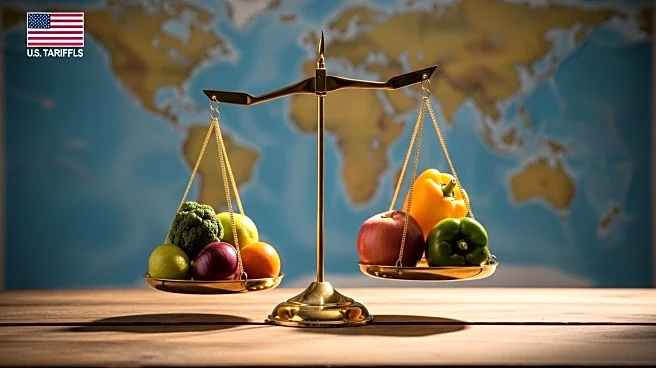What is the story about?
What's Happening?
The global wheat market is experiencing a bearish outlook due to oversupply and intensifying export competition. Russia and Australia have emerged as dominant players, with Russia projected to export 41.5 million metric tons in 2025/26, capturing 26% of the global market. Australia follows closely, leveraging its proximity to Asia and high-quality wheat. The U.S., once a leading exporter, now ranks fourth, with its market share shrinking due to domestic supply gluts and logistical bottlenecks. Droughts in Canada and Australia further complicate the supply-demand balance, despite global abundance.
Why It's Important?
The shift in global wheat export dynamics has significant implications for U.S. agriculture and trade. As Russia and Australia dominate the market, U.S. exporters face increased competition, potentially affecting prices and profitability. The domestic oversupply and logistical challenges exacerbate these issues, leading to a decline in U.S. market share. This situation could impact U.S. farmers and grain traders, who may need to adjust their strategies to remain competitive. Additionally, geopolitical factors, such as tariffs imposed by the Trump administration, add uncertainty to the market, influencing trade relations and investor confidence.
What's Next?
The U.S. wheat market may continue to face downward pressure as global competition intensifies. Short-term investors are advised to position for downside risk while hedging against geopolitical shocks. The current bearish sentiment suggests further price declines, but potential trade wars could temporarily spike prices. Monitoring Russian export volumes and regional drought conditions will be crucial for investors seeking opportunities in the volatile market. Strategic positioning in futures markets and diversification into alternative grains may offer some relief.
Beyond the Headlines
The evolving global wheat market highlights broader economic and geopolitical trends. The dominance of Russia and Australia reflects shifting trade patterns and strategic alliances, which could influence future agricultural policies and international relations. The U.S. must navigate these changes carefully to maintain its agricultural competitiveness and address domestic challenges. The interplay between supply gluts, droughts, and tariffs underscores the complexity of global trade, requiring adaptive strategies from stakeholders.
AI Generated Content
Do you find this article useful?
